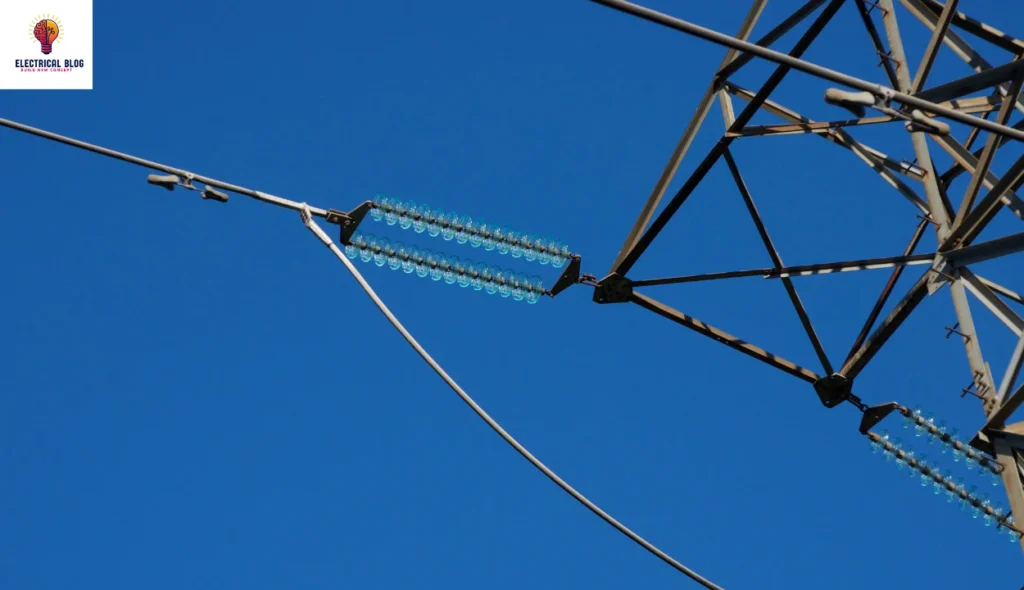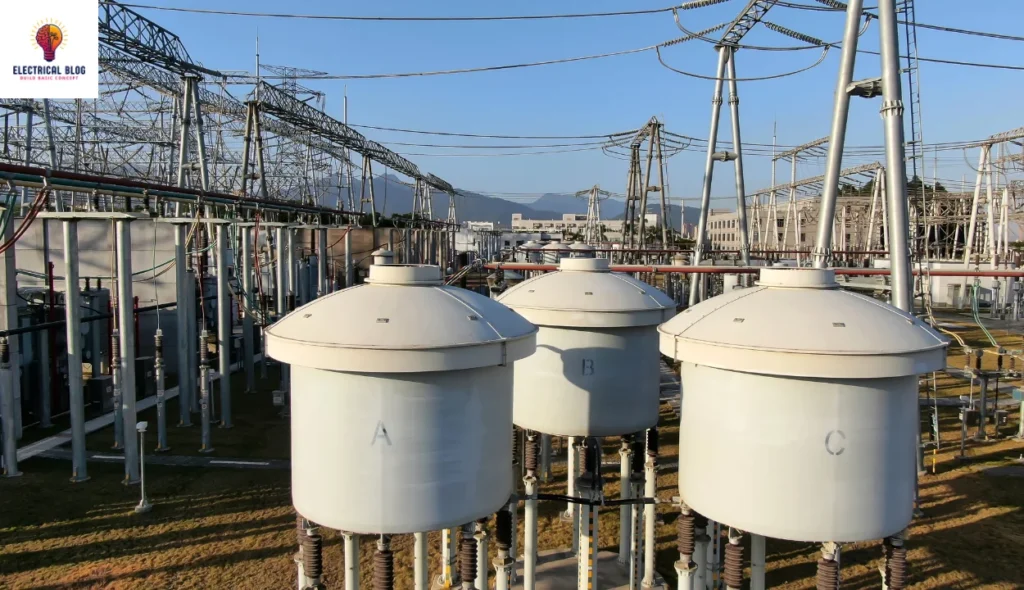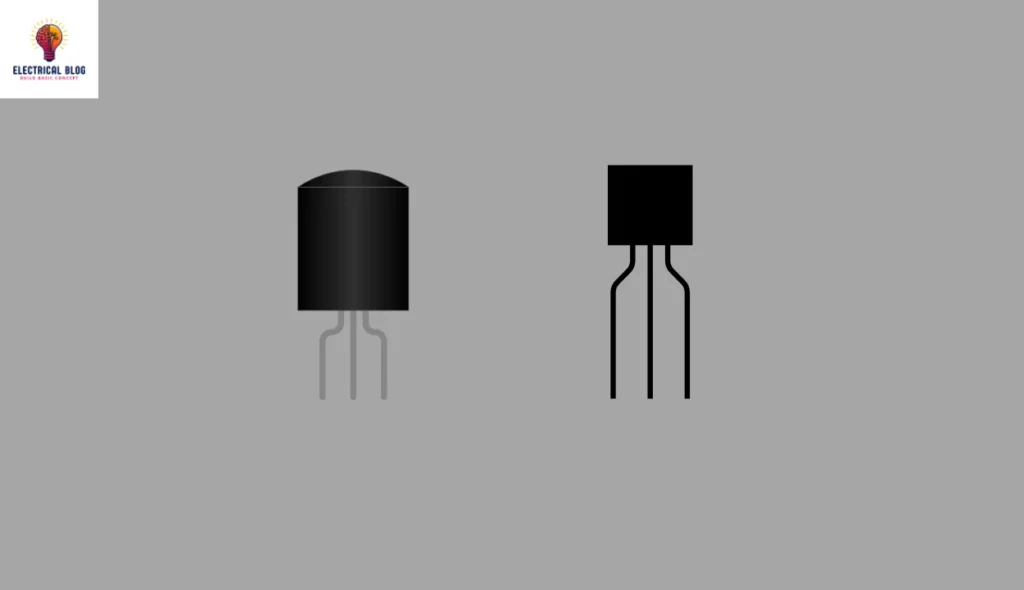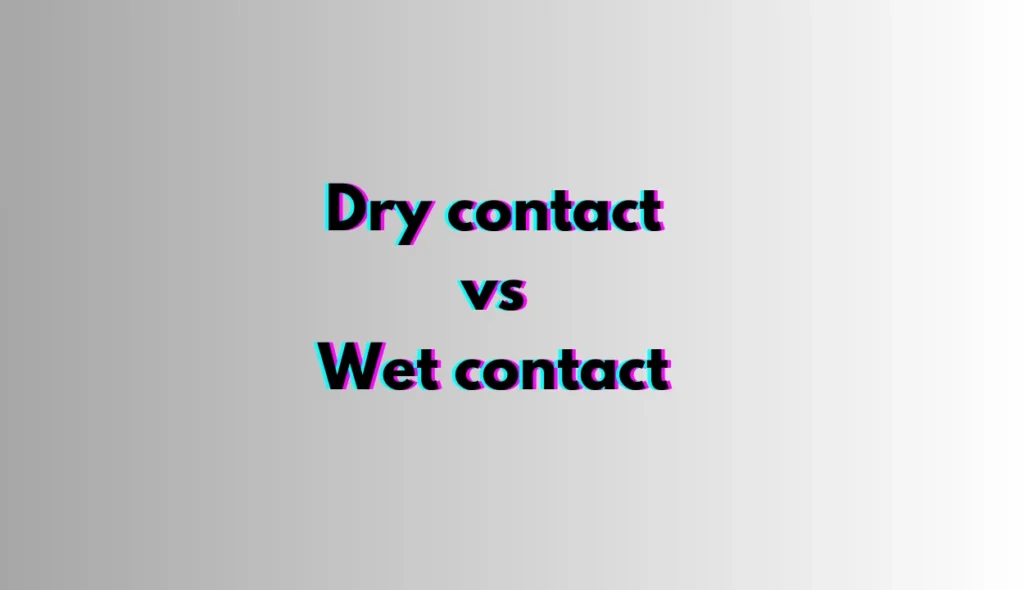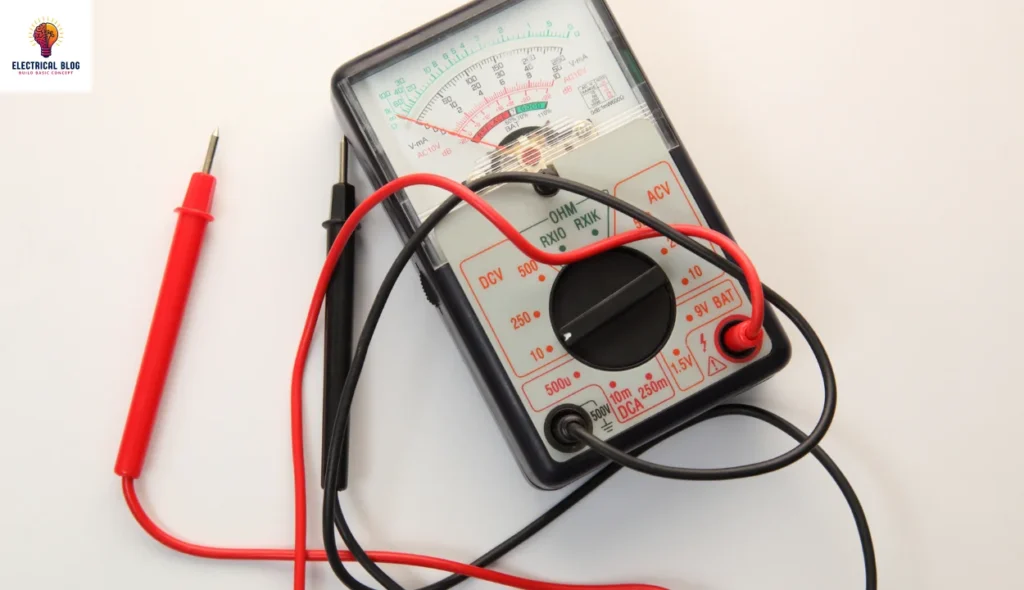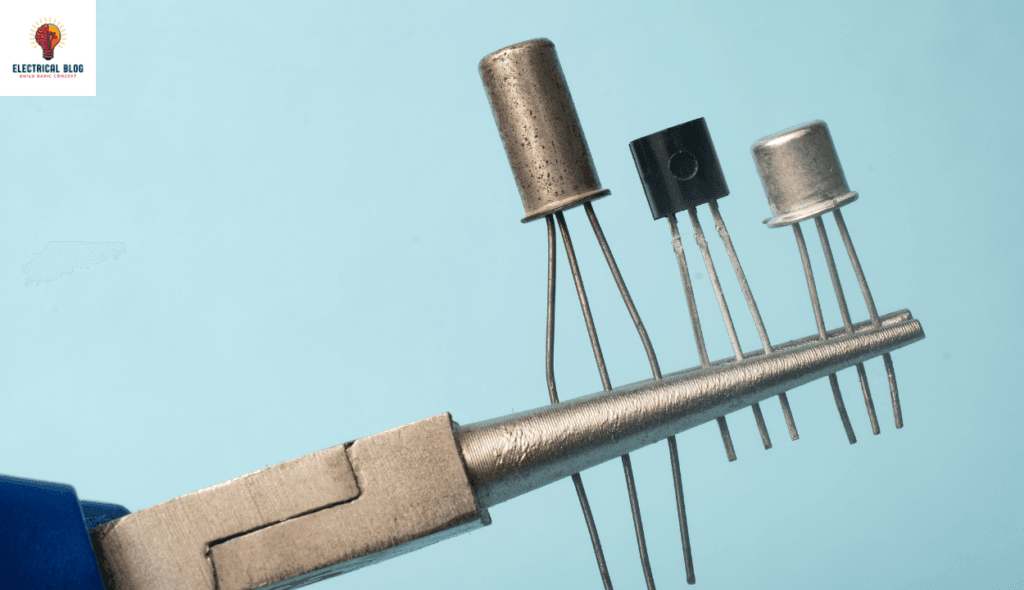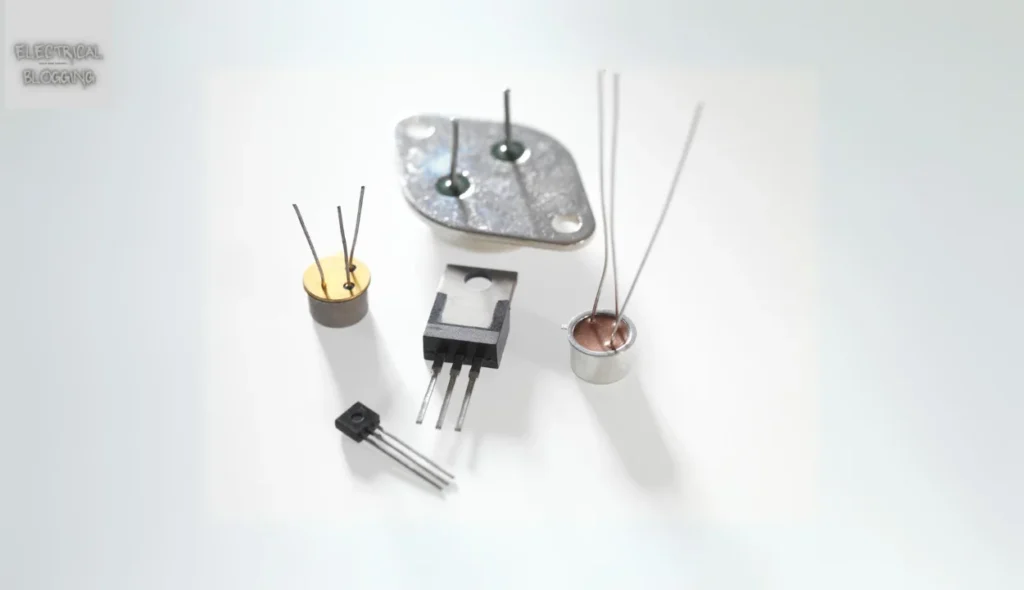Corona Rings for Efficient Power Systems
What is the Corona Ring? A corona ring is a toroid made of conductive metal, designed to prevent corona discharge in high-voltage systems. It helps distribute the electric field gradient, ensuring that maximum values stay below the threshold to protect insulators and other equipment. This device is widely used around switchgear, transmission lines, and scientific […]

